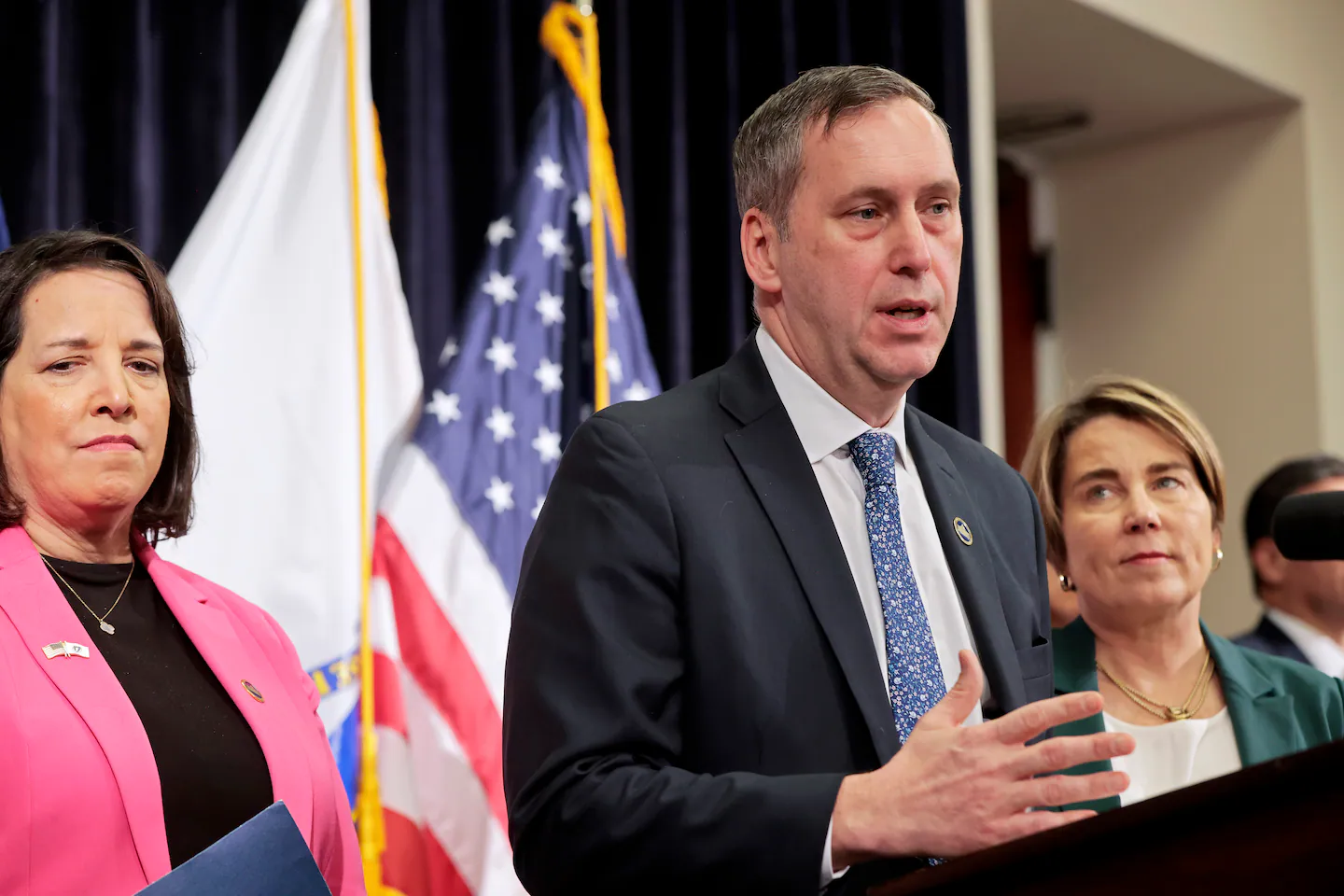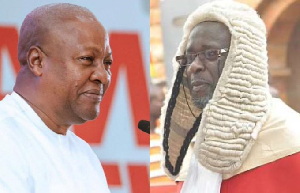
Gorzkowicz, House budget chief Aaron Michlewitz, and Senate budget chief Michael Rodrigues met Tuesday to discuss the statewide impact of federal funding cuts and in Michlewitz’s words, “create some semblance of a roadmap” through the rest of the fiscal year, which ends June 30.
The meeting, hours before the federal government was set to run out of money as the Trump administration, their GOP allies in Congress, and Democrats remain at loggerheads, also revealed for the first time that state officials project that the sweeping ”Big Beautiful Bill” President Trump signed into law over the summer could cost state coffers $650 million this budget year, according to revenue commissioner Geoffrey Snyder.
The impact of the federal legislation on state revenues was not captured in the state’s fiscal 2026 revenue outlook because it was signed into law on July 4, the same day that Healey signed the state budget.
The $650 million number raised eyebrows of Michlewitz, a North End Democrat, who called it “significant and daunting.”
Trump’s bill makes 100 changes to the federal tax code, about 30 of which directly impact Massachusetts tax collections. Also, an estimated 300,000 people in Massachusetts are at risk of losing their health coverage over the next decade, Massachusetts health officials told the Globe earlier this year, while the state could lose some $3.5 billion in funding. The new law is projected to increase the number of uninsured in the country by 12 million to 16 million by 2034, reducing about $1 trillion in Medicaid to offset tax cuts.
Beyond the new federal law, other factors cloud Massachusetts’ fiscal outlook, too. Budget watchers who testified before the budget chiefs on Tuesday flagged lagging tax collections, immigration policy changes, population flows out of state, tariffs, and unemployment numbers, to name a few.
“The picture looks darker than it did a couple of months ago,” said Doug Howgate, president of the Massachusetts Taxpayers Foundation, whose research also followed trends like slowing job growth and low retail demand due to a decline in cardboard box sales.
Emily Mandel, a senior economist at Moody’s Analytics, illustrated the dramatic changes in tariffs and trade policy out of the Trump administration using a line graph that looked more like a rollercoaster.
“This chart looks chaotic because it’s been a chaotic year,” Mandel said.
Michael Goodman, a professor of public policy at the University of Massachusetts Dartmouth, echoed the sentiment, noting a number of vulnerabilities facing the state.
“Uncertainty and volatility are the enemy of confidence,” he said.
To be sure, the state has been bracing for impact since the summer.
When Healey signed the budget for fiscal year 2026 in July, she slashed $130 million from it and held back tens of millions of dollars more in earmarks for local projects.
She also asked lawmakers to give her the expanded power to cut across state government if revenues go south, stretched an existing hiring freeze across the executive branch through the fiscal year, and paused a 2 percent salary increase that thousands of executive branch managers were slated to receive in January.
Budget chiefs said there are other tools to cushion the state against ongoing financial and economic uncertainty, including an unspent balance of more than $800 million and a “rainy day” fund, which had nearly $9 billion as of mid-2024.
But no decisions have been made just yet. The Legislature hasn’t voted on Healey’s proposal for expanded budget-cutting power, the state hasn’t decided when — or if — it will release the held-back earmark money. Those who hold the purse strings haven’t decided if the state will dip into the $800 million cushion or the rainy day fund, or if the state will decide to decouple its tax code from the federal governments’ — a decision that could complicate the paperwork for taxpayers but potentially benefit the state.
“Every option is on the table right now,” Michlewitz said.
Gorzkowicz nodded in agreement.
“There are many competing interests that have to be considered,” he said.
Material from State House News Service was used in this report.



